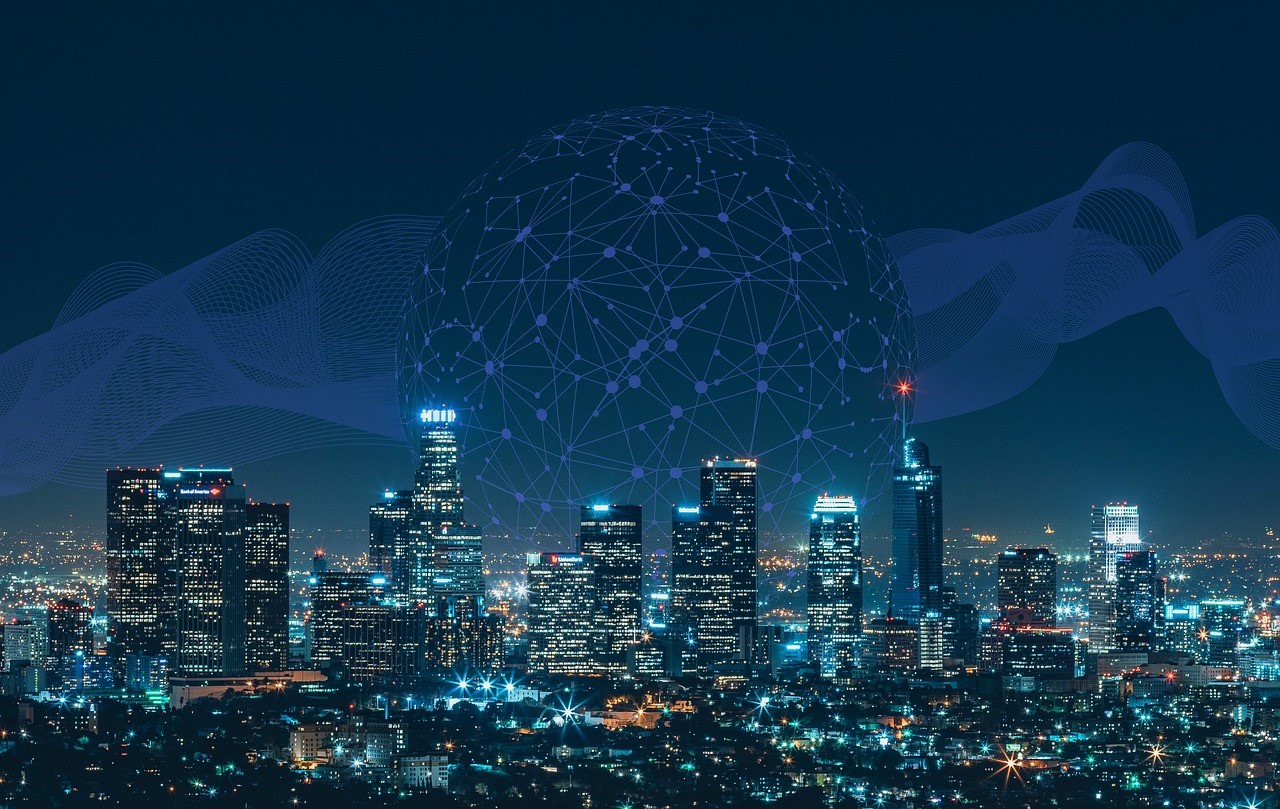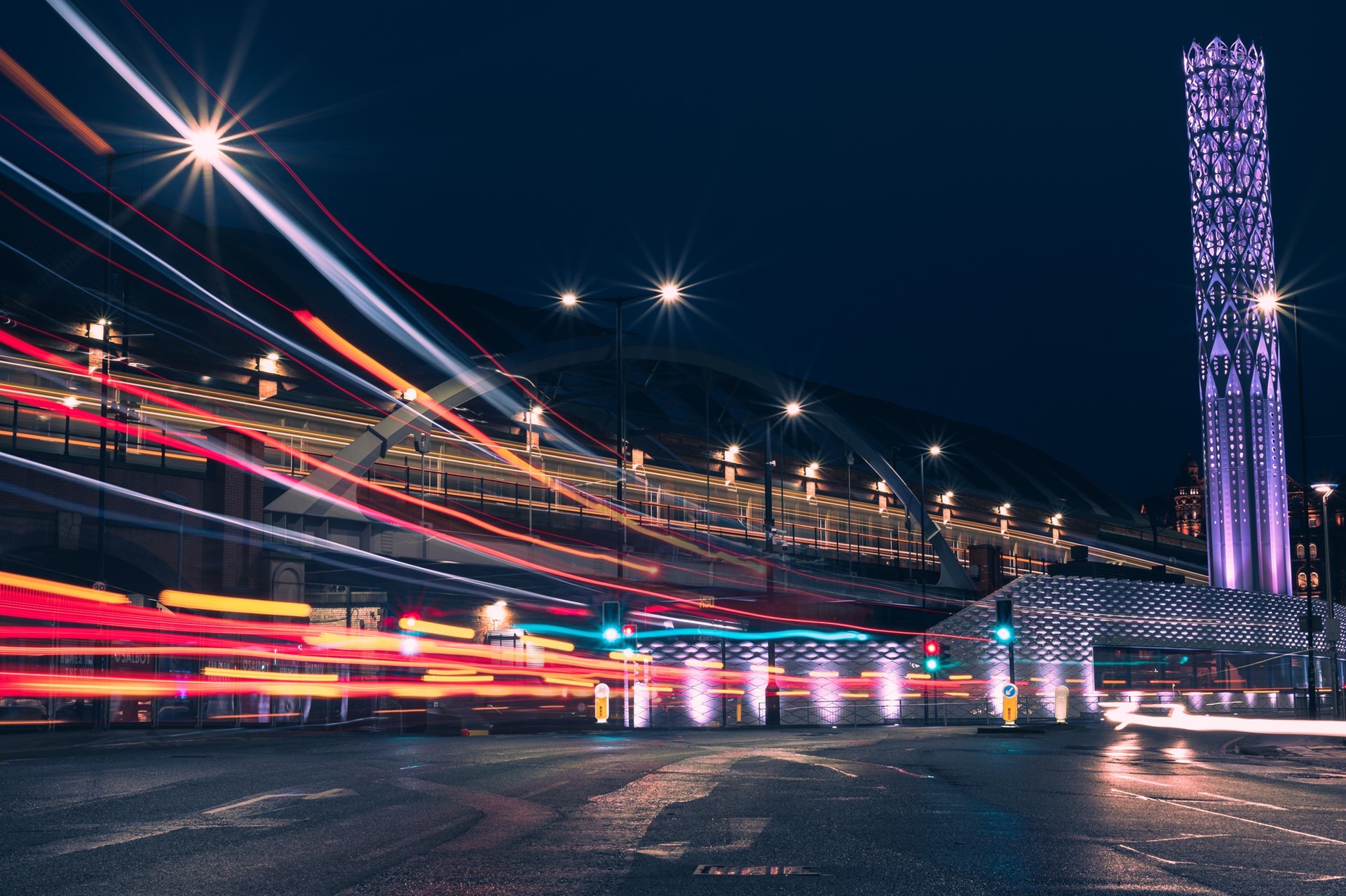How artificial intelligence is greening our cities – in conversation with Smart Urban Sensing Limited
04 November 2022

04 November 2022

Smart Urban Sensing (SUS) is using artificial intelligence (AI) sensor technology to deliver green city solutions. There is an untapped link between data generated through AI products and big data analytics built into various smart city platforms, and sustainable solutions and policy advice. For example, by tracking and analysing footfall, cycling and e-scooters within key city regions, AI can be used to advise city councils on popular transport links and areas that could benefit from pedestrianisation and healthier modes of urban mobility leading to cleaner air and traffic-free city zones.
AI is now entering industries such as transportation, manufacturing and engineering. Its adoption started with retail, and now it has made its way into other sectors. With accurate, detailed, real-time, 24/7 data, local authorities can make data-driven decisions about city infrastructure and feed these same datasets into AI to plan everything from traffic light signals to air quality.
Smart cities use AI sensors which can share information with the public, businesses, city managers and other sensor systems, connecting sensors and services through the ‘internet of things’ (IOT).
SUS have installed a multitude of IOT hardware across the city of Manchester with the aim of identifying key digital technologies that could shape the city’s infrastructure and environment. Smart cities will change the way we manage and study cities in the future, allowing the public to become engaged with their environment in ways that weren’t possible before the era of AI.
Smart cities of the future will be informed, connected and aimed at a more sustainable and resilient path to prosperity. The term “smart” embraces not just the technological, but also the social and human aspects of a city. By adding new sensors and updating existing infrastructure for the digital age, cities will experience significant impacts on the efficiency, capacity, and service delivery to citizens, improving economic opportunity and overall quality of life.
“To effectively serve people, it helps if the city authorities know how many people are going where and when,” says Asad Syed, managing director of SUS. “The flow of pedestrians affects the whole city environment. Using AI allows us to detect effective energy saving strategies, such as turning off streetlights in areas where we know there is no human traffic, and implementing solar panel lampposts for tailored use, contributing to greener cities.”
By developing an accurate AI IOT metering system, people’s behaviours within cities can be analysed and used to advise city councils on how to intelligently manage the flow and organisation of people, vehicles, and bicycles – an approach known as smart urban mobility.
AI can also be used to monitor air pollution, identifying problem areas and providing quantifiable evidence that certain policies, such as pedestrianisation and clean air zones, lower the amount of pollution in our cities.


SUS have an innovative air quality pollution management system. Data is sent from their IOT across multiple IOT systems, combining different types of data across multiple departments to create cross user solutions. The idea behind combining active datasets is to establish new patterns which might be missed if only focussing on independent datasets.
Analysing vehicle traffic patterns, cycle usage, footfall and public transport means footpaths, cycleways, roads and green spaces can be designed more effectively. The key components of SUS’s pollution monitoring system are outdoor units for pedestrian counting, and air quality. The pedestrian monitors detect public footfall, while the air quality monitor looks out for ozone and nitrous oxide. A combination of the two sets of data can establish where air quality needs improvement and identify zones frequented by cyclists and walkers which have better air quality than those populated by petrol and diesel vehicles.
The objective of SUS’s Manchester Cityverve project was to monitor transport, people, cyclists and vehicles in and around Manchester’s public and green open spaces in order to identify where health and wellbeing could be improved for the citizens of Manchester by reducing petrol and diesel vehicles.
The use of free and open space is an essential dataset for establishing safe and accessible areas within cities which are ideal for free events. Not only can physical environments be improved, but social environments too as data is used to improve security by suggesting which places could benefit from more street lighting and regular police patrols.
“To implement changes in the city centre, we promote healthy and sporty modes of transport such as walking, jogging, and cycling,” says Syed. “This in-effect will push people from traditional modes of transport such as petrol and diesel cars. It can also be used to improve public transport and reduce pollution levels within the city centre as personal vehicles become the less common choice.”
You can find out more about the work Smart Urban Sensing do here. If you would like your green technology and services business to feature on our marketplace, submit a membership enquiry with our team today.
Share